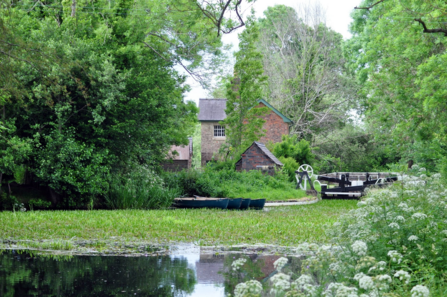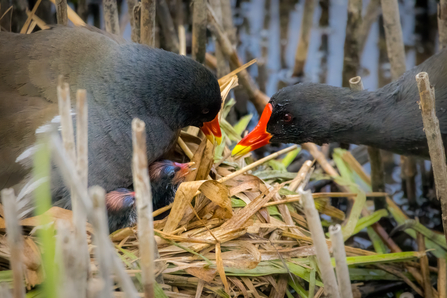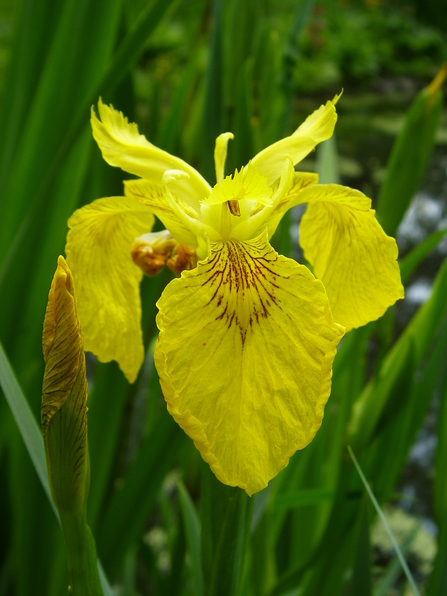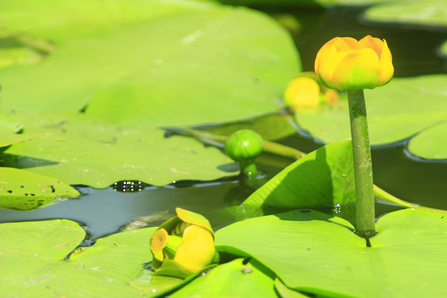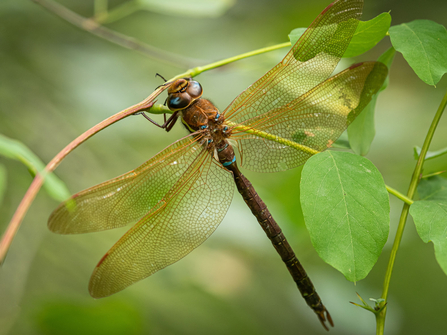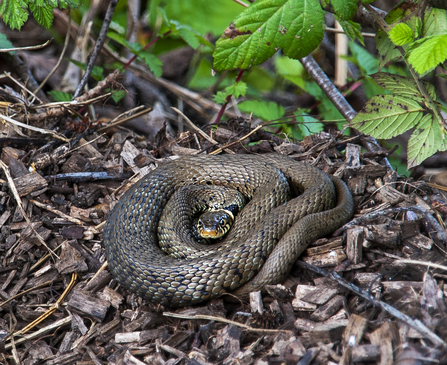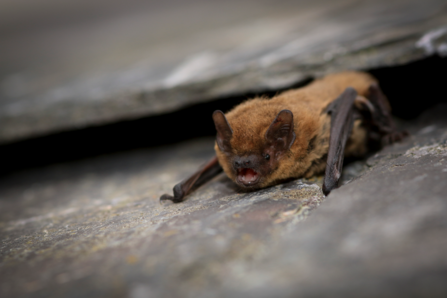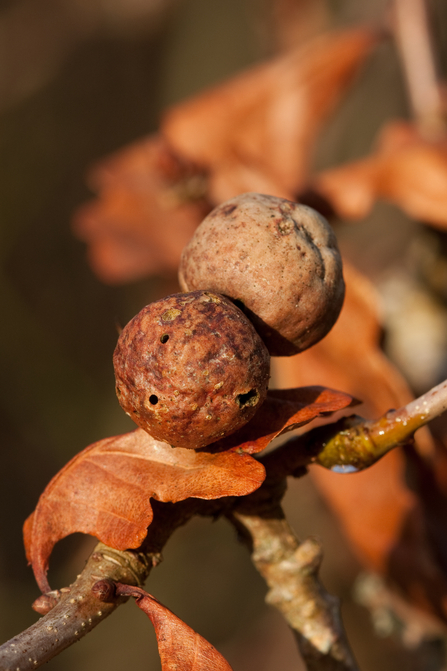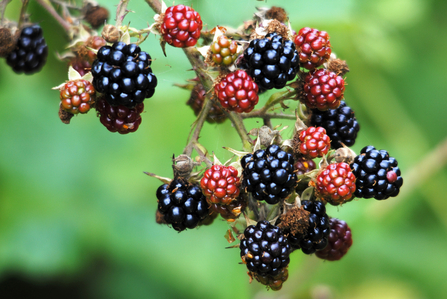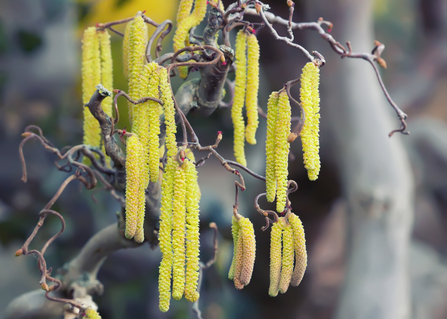We’re so lucky to have the Montgomery Canal on our doorsteps. This waterway starts in Shropshire, but the majority of it winds its way through Wales. Crossing the Welsh/English border in Llanymynech, it runs 24 miles to Newtown, passing through towns and villages like Welshpool and Berriew, woodland and open Montgomeryshire countryside.
Most canals are havens for nature to some extent, providing many different habitats, such as relatively shallow, slow-moving water, reedbeds, hedgerows, verges and scrubland adjacent to the towpath. They offer shelter, food and water as well as being vital wildlife corridors, connecting up different areas and allowing many different species safe passage.
But the Montgomery Canal – or The Monty, as it’s colloquially known in the area – is even more precious. One of the best canals for nature in the UK, it’s a Special Area of Conservation – the highest designation internationally – and a Site of Special Scientific Interest. This is mainly for its aquatic plants, most notably a rare species called Floating Water-plantain, but also for dragonflies and damselflies. Ten species of these breed here, but many more use the waterway as a hunting ground. If that wasn't enough, it's also a renowned otter stronghold and a popular spot for kingfishers.


